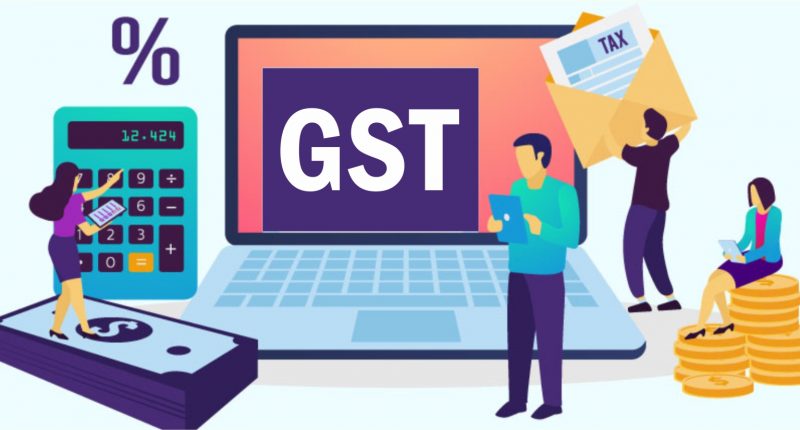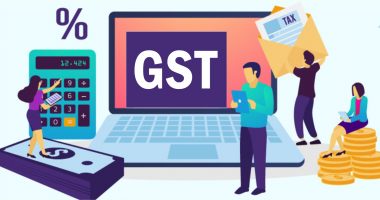The 48th GST Council meeting recently concluded with many decisions that caught the eye-balls of GST return filers. Although these recommendations do not have an immediate impact, they can affect taxpayers in due course, especially where they lack specific compliance controls in their enterprises. These recommendations are yet to be notified as of date.
Changes introduced on ITC claims & GST return filing-
Firstly, the existing CGST Rule 37(1) was revised as read with the second proviso of Section 16 of the CGST Act retrospectively from 1st October 2022. Buyers will need to reverse ITC to the extent of the invoice amount unpaid to the supplier as against the value of the supply together with the tax payable. In other words, the formula has been revised. The taxpayer needs to reverse that ITC value in the proportion of the unpaid invoice value to the total invoice value plus the tax payable thereon.
The provisions of GST law disallow any buyer from claiming ITC where they have not paid for an invoice raised within 180 days. In turn, they must reverse if they have claimed ITC value and pay interest on the same in GSTR-3B of month/quarter. They must take this action immediately after the expiry of 180 days.
Secondly, the GST Council recommended inserting a new CGST Rule 37A based on Section 16(2)(c) of the CGST Act. Hence, buyers will need to reverse ITC claimed on taxes not deposited by the supplier within specified timelines with the government through their GSTR-3B. Further, the steps for re-availing such ITC, where the supplier subsequently deposits such taxes, shall be provided.
Next up, GST Council has put a hard stop to filing GST returns beyond a specific timeline for the first time since the inception of GST. Taxman will not allow filing any GST returns and statements, such as GSTR-1, GSTR-3B, GSTR-4, GSTR-9, GSTR-9C, etc., after a maximum of three years from the due date.
The existing law, such as Sections 37, 39, 44 and 52 of the CGST Act, currently have no defined deadline for filing GSTR-1, GSTR-3B, GSTR-4, GSTR-5, GSTR-5A, GSTR-6, GSTR-7, GSTR-8, GSTR-9 and GSTR-9C beyond their due dates. It was an unwritten rule to submit the regular returns belonging to a financial year before filing annual returns.
Fourthly, GST Council recommended introducing automatic intimation on the GST portal for GSTR-1 vs GSTR-3B via the new Form DRC-01B. The tax authorities will insert a new CGST Rule 88C and amend CGST Rule 59(6).
The GST portal will intimate taxpayers of any tax liability differences between GSTR-1 and GSTR-3B for the month/quarter if the difference exceeds a defined amount and/or a percentage. Taxpayers can either pay the differential tax underpaid/unpaid or explain the difference by replying to Form DRC-01B.
Moreover, such taxpayers can only file GSTR-1 of future tax periods if they deposit the tax amount demanded in the intimation. On the other hand, if they choose to reply to the intimation rather than paying the tax demanded, the GSTR-1 filing restriction will continue as long as they respond. Additionally, they must provide reasons for the unpaid tax without needing any intervention by tax officers.
Moving on to the next amendment, the format of GSTR-1 will be modified to report all e-commerce sales separately. Tables 4 and 5 of GSTR-1 have fields to report sales through e-commerce platforms without bifurcation between Sections 9(5) and 52 of the CGST Act.
Similar to the addition of Table 3.1.1 in GSTR-3B, the GSTR-1 format is set to change. e-Commerce sales by both suppliers and e-commerce operators can be reported as follows in GSTR-1-
- e-Tailors or vendors or sellers must separately report sales through e-commerce operators, covered under Sections 52 and 9(5) of the CGST Act, and
- e-Commerce operators must report sales under Section 9(5) of the CGST Act separately.
Lastly, clarification will be given on verifying ITC differences in GSTR-2A vs GSTR-3B for the past years. In other words, a fresh GST Circular will be issued to check all the ITC differences between GSTR-3B and GSTR-2A for FY 2017-18 and 2018-19. It is expected to reduce the litigations and give clarity to taxpayers and officers, avoiding delays in adjudication.
Impact on GST-registered businesses
- Do not disregard GSTR-1 vs GSTR-3B intimation: Businesses that neither reply to intimation nor pay the demanded tax differential from GSTR-1 vs GSTR-3B cannot file subsequent GSTR-1. It poses a higher risk of non-compliance and input tax credit loss.
- Three-way GST reconciliation gains significance: Most of the above changes demand a proactive reconciliation and matching exercise between returns and books. It must be done before filing GSTR-1 or GSTR-3B for the month/quarter. Critical compliance steps include regularly reconciling GSTR-1 vs GSTR-3B vs books and GSTR-2A/2B vs GSTR-3B vs books.
- Maintain separate accounts for different types of e-commerce sales: Businesses selling through e-commerce operators must maintain separate ledgers on the ERP for e-commerce sales under Sections 9(5) and 52.
- Vendor risk profiling and compliance monitoring are necessary: Taxpayers must ensure supplier/vendor risk categorisation based on their compliance history and GSTIN status. Further, they must continuously monitor vendor compliance, such as GST return filing status. It allows them to identify cases of taxes not deposited by suppliers and tax credits not reported. It will enable businesses to block the GST value of such invoices of non-compliant suppliers until compliance.
- Keep track of unpaid vendor invoices crossing 180 days: There is a need to undertake frequent reconciliation of vendor ledger balance for unpaid invoices to ensure timely tax credit claims and reversals, thus saving on interest expense.
Hence, taxpayers can expect these changes to be implemented in early 2023 through amendments in Budget 2023, CBIC notifications and GSTN portal changes before the new FY 2023-24 begins.
For any clarifications/feedback on the topic, please contact the writer at annapoorna.m@clear.in
Annapoorna, popularly known as Anna, is an aspiring Chartered Accountant with a flair for GST. She spends most of her day Singing hymns to the tune of jee-es-tee! Well, not most of her day, just now and then.




